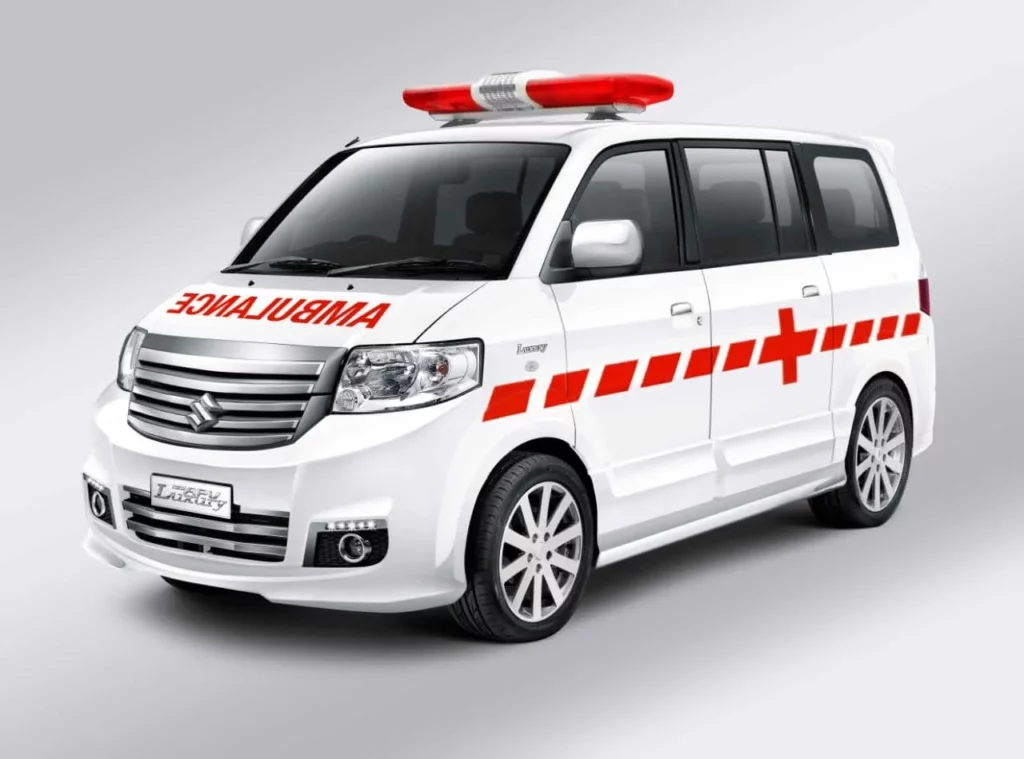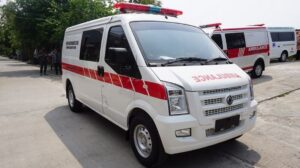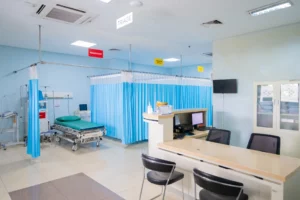
Gili Trawangan, often referred to as the “party island” among the three Gili Islands, is a tropical dream destination. Tourists flock to its white-sand beaches, vibrant coral reefs, and laid-back charm. But behind the scenes of this picture-perfect island lies a critical question: what happens in a medical emergency on an island with no cars or motorcycles?
Welcome to the unique world of ambulance Gili Trawangan—a term that refers to the island’s unconventional, resourceful emergency medical response system. In a place where traditional ambulances can’t function, creative solutions and fast coordination become the key to saving lives.
In this article, we’ll dive into how ambulance services operate on Gili Trawangan, the challenges faced, and why understanding this system is essential for both tourists and locals.
Why Gili Trawangan Needs Its Own Emergency Approach
Gili Trawangan is unlike any other tourist hotspot. With a strict no-motorized-vehicle policy, transportation on the island is limited to bicycles, foot travel, and cidomo—small horse-drawn carriages.
While this rule enhances the island’s peaceful, eco-conscious vibe, it presents serious limitations in emergency scenarios. Imagine someone suffering a heart attack or diving accident—how do you transport them to proper medical care without a car or ambulance?
This is where ambulance Gili Trawangan becomes not just a concept, but a vital necessity.
What Does “Ambulance Gili Trawangan” Really Mean?
Unlike urban centers, the term “ambulance” on Gili Trawangan doesn’t refer to the typical flashing lights and sirens. Instead, it involves a multi-step system combining local transport, medical facilities, and sea transfers.
Here’s how it typically works:
1. Initial Medical Response on the Island
Gili Trawangan has several local clinics that provide emergency and outpatient care. Some of these include Blue Island Medical Center, Gili Medical Center, and others. These clinics are equipped to handle minor injuries, infections, or dehydration—but they’re limited in terms of advanced equipment.
Medical staff respond promptly, assess the situation, and begin treatment. In life-threatening cases, the goal is to stabilize the patient for transfer.
2. Transport Across the Island
If the patient is not at the clinic, getting them there quickly is a challenge. Since no ambulances exist on the island, transportation is usually done using cidomo, bicycles with stretchers, or specially designed pushcarts.
These are the island’s versions of ambulance Gili Trawangan—improvised yet effective for the terrain and infrastructure.
3. Speedboat to the Mainland
For serious cases, the next step is a speedboat transfer to Bangsal Harbor or Teluk Nare on the mainland (Lombok). This process must be fast and well-coordinated. Some speedboats are equipped with first-aid supplies and occasionally include paramedics onboard.
This water transfer is the most critical component of the ambulance Gili Trawangan process. The sea journey takes about 15–30 minutes depending on sea conditions.
4. Ambulance and Hospital on Lombok
Once on the mainland, a traditional ambulance waits at the harbor to transport the patient to a hospital in Mataram or nearby areas. In extreme cases, an air ambulance may transfer patients to Bali for more advanced treatment.
Common Medical Emergencies on Gili Trawangan
You might be wondering: how often is this ambulance system actually needed?
The reality is, Gili Trawangan sees frequent emergencies due to its high tourist traffic and adventurous activities.
Some common reasons for emergency evacuation include:
- Diving accidents (like decompression sickness)
- Motorbike crashes (from nearby Lombok before boarding boats)
- Alcohol poisoning or drug overdose
- Heatstroke or severe dehydration
- Infections or allergic reactions
- Accidents during snorkeling or water sports
Knowing that ambulance Gili Trawangan services exist—and how they function—can literally be life-saving, especially for divers or travelers with pre-existing conditions.
Challenges Faced by Ambulance Gili Trawangan Services
Despite their effectiveness, these services face several ongoing challenges:
⚠️ Limited Resources
Clinics have limited diagnostic tools—no MRI or full surgical capabilities. Most major procedures require mainland or Bali hospitals.
⚠️ Weather Dependency
During storms or high tides, speedboat transfers become risky or delayed, impacting emergency response time.
⚠️ Infrastructure
Transporting patients across sandy roads without vehicles is physically demanding and slows down response time.
⚠️ Communication Gaps
Tourists often don’t know which clinic to contact or how to trigger an emergency response—especially those without travel insurance or a local SIM card.
Tips for Tourists: Stay Safe in Paradise
While ambulance Gili Trawangan services are in place, prevention is always better than cure. Here are a few tips for travelers:
- ✅ Get Travel Insurance: Make sure your insurance covers diving and water sports.
- ✅ Know Your Location: Familiarize yourself with the location of clinics on the island.
- ✅ Stay Hydrated and Use Sunscreen: Many emergencies stem from preventable dehydration or sunstroke.
- ✅ Dive Responsibly: Always dive with certified instructors and avoid multiple deep dives in a short period.
- ✅ Save Emergency Contacts: Clinics usually have WhatsApp numbers or local emergency hotlines.
The Future of Emergency Services on the Gili Islands
As Gili Trawangan continues to grow in popularity, improving medical infrastructure is a priority. Local governments, NGOs, and private clinics are working to enhance training, provide better equipment, and potentially introduce motorized emergency carts powered by solar energy (as an eco-friendly solution).
There’s also an ongoing effort to educate both locals and tourists about first aid, CPR, and emergency communication protocols.
Gili Trawangan may be a tropical escape, but it’s not immune to real-life emergencies. Understanding how ambulance Gili Trawangan works isn’t just informative—it can be crucial.
Though the island lacks traditional ambulances, its resourcefulness, trained personnel, and integrated sea-to-land transfer system make it possible to handle emergencies efficiently.
So the next time you find yourself relaxing under a coconut tree, snorkeling with turtles, or cycling around the island, rest assured—should something go wrong, ambulance Gili Trawangan is quietly working in the background to keep paradise safe.


